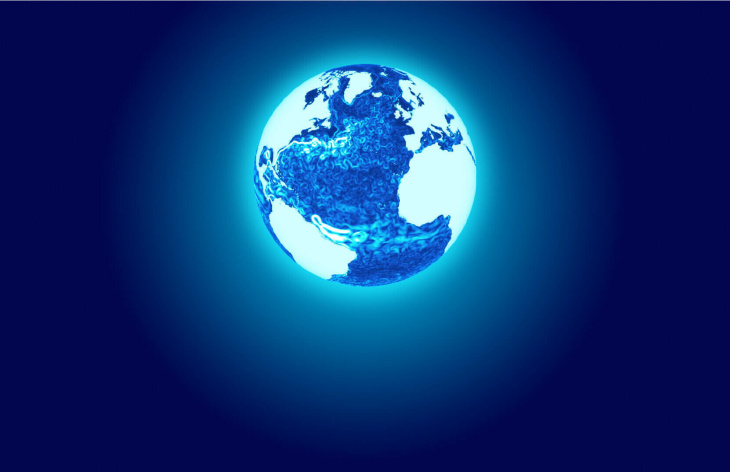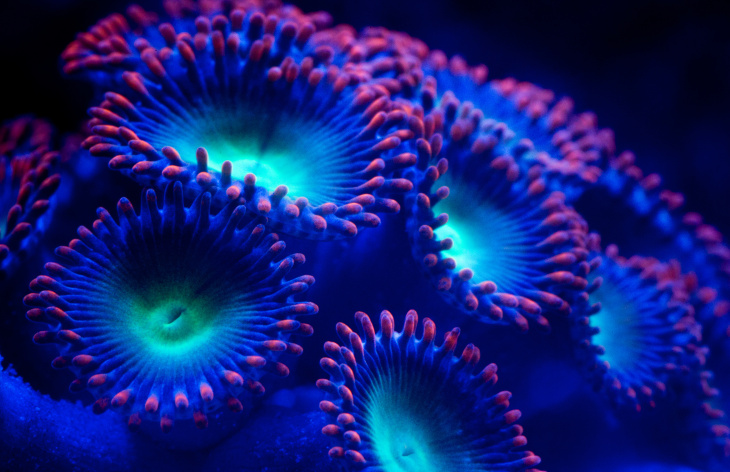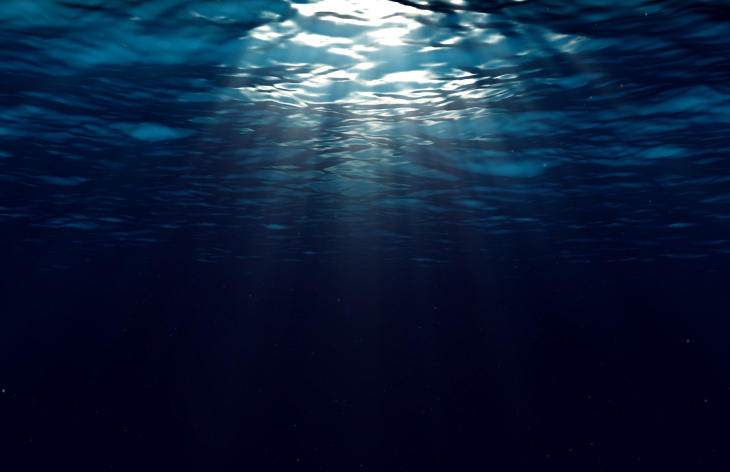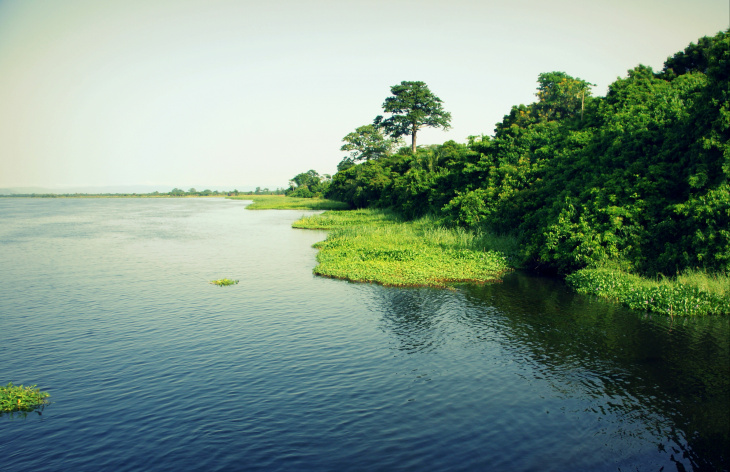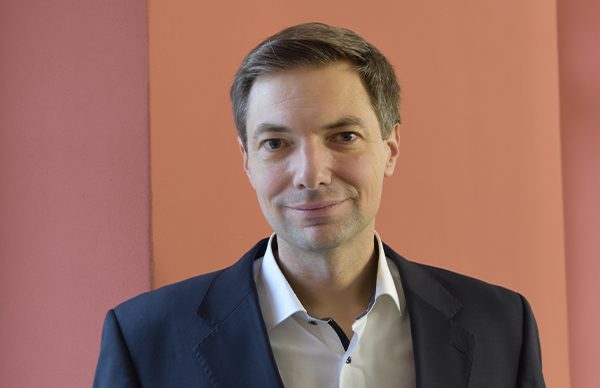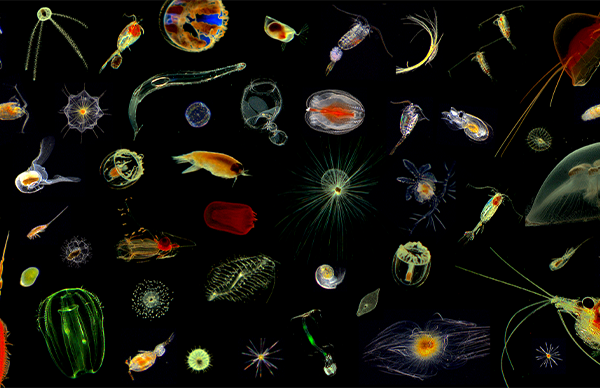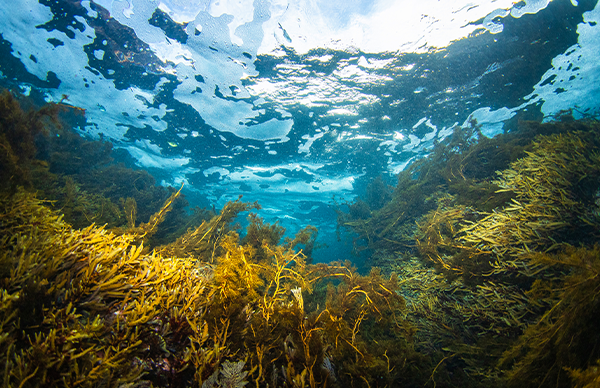Methods

To understand complex systems, the 'real world' (left) and the 'digital twin' (right) are continuously compared with each other.
At Hereon, people from coastal, climate and materials research work on common topics across disciplines - a unique combination. Only in this way is it possible to understand the opportunities and risks of new technologies and their interactions with the environment and people holistically and use them sustainably.
Hereon researchers use a wide variety of methods and thus have a unique variety of ways to generate data and findings. Expeditions with research vessels, investigations and experiments in the field and laboratory, modelling and computer scenarios are all part of their scientific value chain.
All this data is also used to develop so-called "digital twins". These are interactive virtual images of highly complex processes, systems or real products that are continuously compared with data from the real world. They create understanding and can be used, for example, to develop materials virtually before complex real experiments are carried out.

Examples of our digital twins: Left: Fenite elements (FE) model of a sheep bone with magnesium screw (red) through the growth plate (white). Centre & right: Stent with expansion balloon in an artery at different stages.
Complex systems and processes include, for example, the global climate or the human body's reactions to implants. A material in a car also changes over the course of its service life, reacts to external influences such as temperature or humidity and is therefore considered very complex.
Digital Twins and their contributions to biodiversity, coastal protection and blue economy
Oceans cover over 70% of Earth’s surface, regulating climate and providing essential resources like food, energy, and transportation. However, human activities like pollution or overfishing and climate change are disrupting marine ecosystems. Digital Twins of the Ocean (DTOs) are emerging as vital tools to address these challenges, allowing researchers, policymakers and the public to interact with ocean data, simulate scenarios and explore coast and oceans responses to changing conditions. DTOs enhance understanding, inform decisions and improve ocean literacy.
Selected projects and further information:
News
Contact

Director
Institute of Material Systems Modeling
Phone: +49 (0)4152 87-2583

Head of Department
Hydrodynamics and Data Assimilation / Institute of Coastal Systems - Analysis and Modeling
Phone: +49 (0)4152 87-1804

